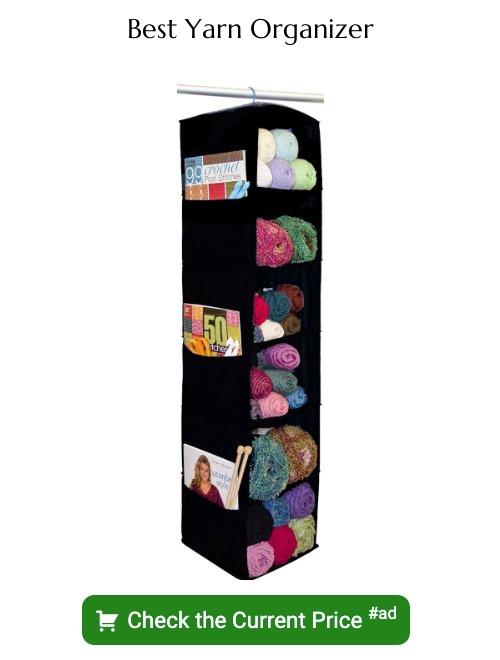Tackling the common annoyance of tangled yarn becomes a simple feat when using multiple colors, because this article lays out neat tricks and practical solutions.
Managing multiple yarn colors without tangling can be a daunting task, but with a few strategic techniques, it becomes a breeze.
This article will guide you through the steps to keep your yarn from tangling when using multiple colors, covering everything from yarn organization to knitting techniques.
Whether you’re working on an intricate crochet project or a simple knitting pattern, these tips will ensure your yarn stays untangled and your crafting experience remains enjoyable.
Stay tuned for a comprehensive guide that will transform your multi-color yarn projects into a hassle-free endeavor.
Key takeaways:
- Yarn tangles arise due to behavior, organization, and storage.
- Choose yarn with high contrast and less prone to tangling.
- Manage multiple colors with smaller amounts, color coding, and yarn guides.
- Use yarn butterflies, bobbins, yarn holders, and detangle regularly.
- Proper storage, organize, butterfly technique, rewind, and separate colors.
Understanding Yarn Tangles
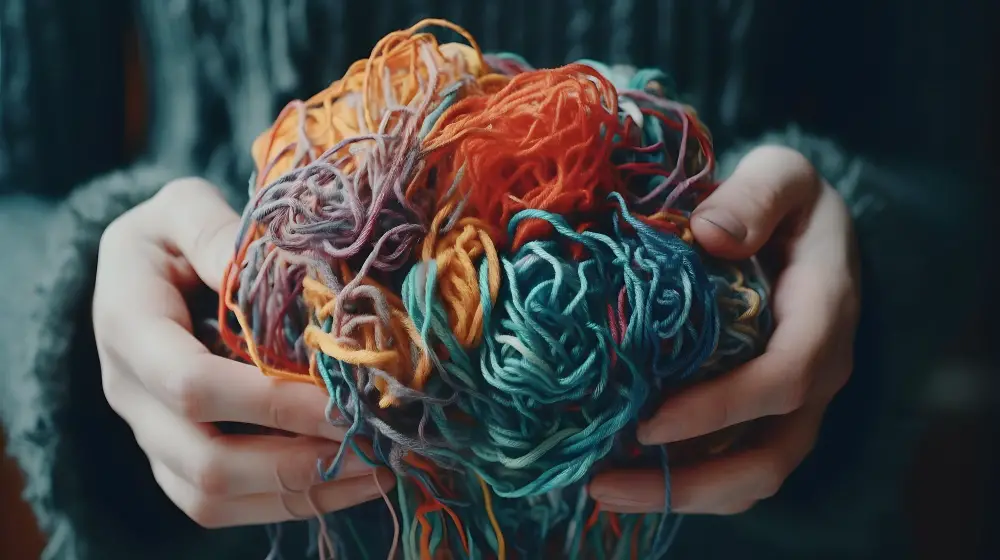
Yarn tangles arise most commonly due to the yarn’s behavior when it’s being fed out or due to lack of organization and storage methods.
When multiple strands of yarn are used concurrently, they often intertwine, causing knots and tangled messes.
The yarn fibers’ texture, whether wool, cotton, acyclic, or a blend, can influence how susceptible it is to tangling.
The manner in which the yarn is fed, either from the outside or the inside end of the ball, can also contribute to tangles.
Understanding these aspects provides a baseline for managing and preventing yarn tangles effectively.
Choosing the Right Yarn for Multi-Color Projects
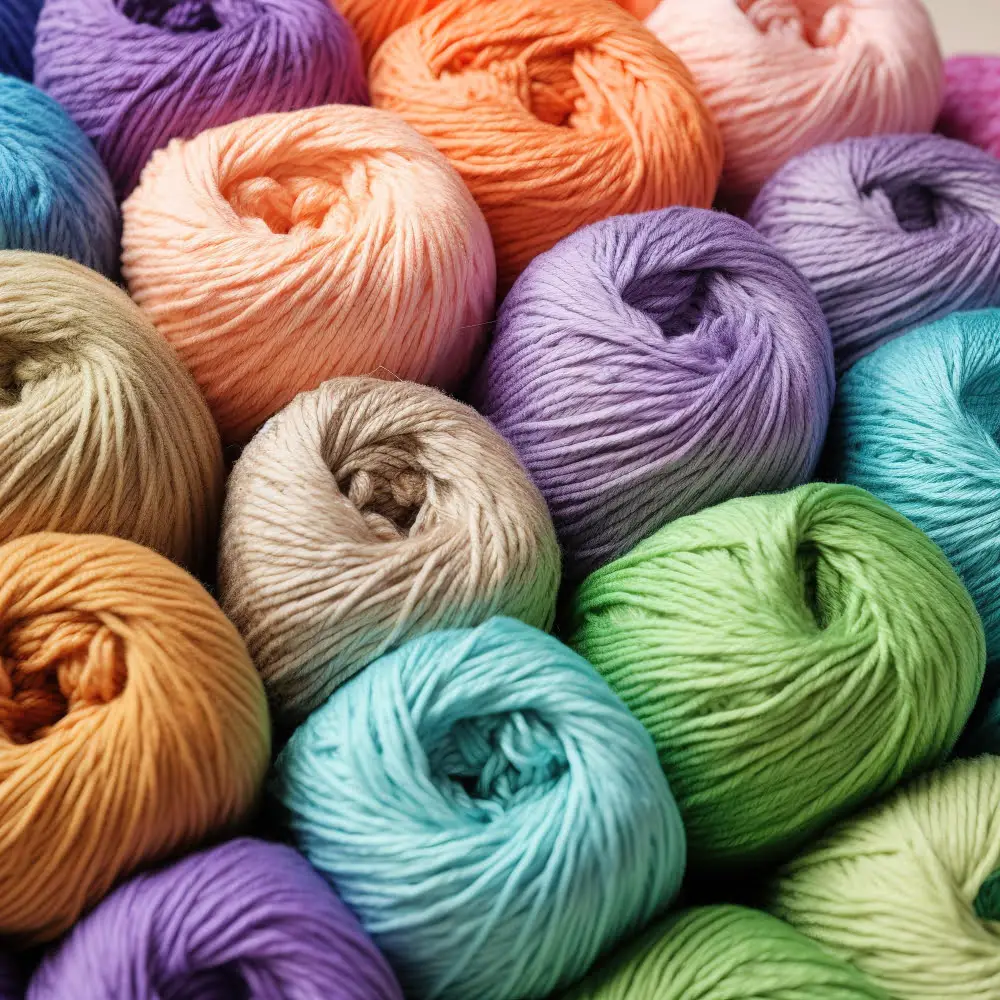
In multi-color projects, the choice of yarn can make a significant difference. Opt for yarns with distinct color differences. High contrast colors will help to distinguish one strand from another, aiding in prevention of tangles. Smooth, plied yarns are ideal as they are less prone to snagging and knotting.
Avoiding fuzzy or hairy yarns will also reduce the likelihood of tangles. High twist yarns can additionally aid in preventing unwanted snags and knots. The thickness of the yarn impacts tangle probability; thinner yarns tangle less easily than thicker ones.
Lastly, experiment with different brands and types of yarn. Variances in manufacturing processes could influence how certain yarns interact with each other, and some brands may be more suitable for multi-color projects than others.
Managing Multiple Colors of Yarn Effectively

Start with using smaller amounts of yarn to reduce the chance of it getting tangled. Rather than using large skeins or balls of yarn, consider winding off smaller amounts. If you’re working on a project with a lot of color changes, it’s easier to manage small bobbins or butterfly bundles known as ‘yarn butterflies.’
Next, consider color coding your yarn on the pattern. Apply corresponding stickers or colored washi tape on your yarn, to keep track of multiple colors. This technique is very effective for projects that require a large amount of color changes.
Another crucial aspect is the method of adding a new color. Your implementation should be seamless to avoid tangling. You can either carry the yarn up the side or you can cut and rejoin, depending on the number of stitches and distance between color changes. Be conscious of the position of twists when you carry multiple colors at the same time.
Lastly, consider using yarn guide rings or separators. For striped patterns or fair isle knitting, such tools can help to manage two or more yarn feeds simultaneously without causing confusion or tangling. A guide can neatly hold yarns apart and keep them from crossing each other.
Remember the rule of thumb here is to manage, not struggle with your yarns. These tips should assist you in maneuvering the colors effectively and make your knitting or crocheting project smooth and more enjoyable.
Strategies to Prevent Yarn From Tangling
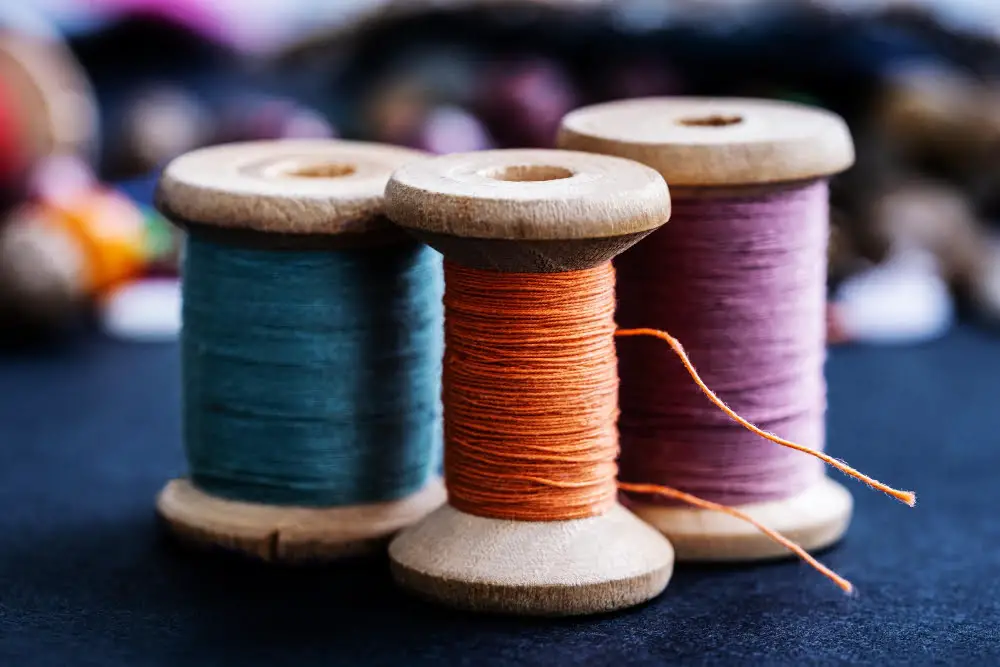
One effective strategy is yarn butterflies. This process involves winding each color around your fingers to create a small bundle, decreasing the chance for tangles as each shade unravels independently. Another technique is using yarn bobbins which hold the individual hues separately providing easy access as you alternate. Bobbins can easily be clipped to the project, minimizing the risk of unwarranted yarn movement.
Additionally, consider using a yarn bowl or DIY equivalent, a simple method for keeping skeins in place as you work. Even a clean, repurposed kitchen colander can be beneficial, the holes acting as guides for your yarn.
Lastly, take advantage of yarn holders specific for multi-color projects that automatically isolate each strand. These tools are available at most craft stores and can be an invaluable addition to a crafter’s tool kit.
Note that regular pauses for detangling can sometimes be unavoidable, despite careful planning. Use these moments as a chance to assess your progress and ensure the pattern consistency.
Proper Storage and Organization of Yarn
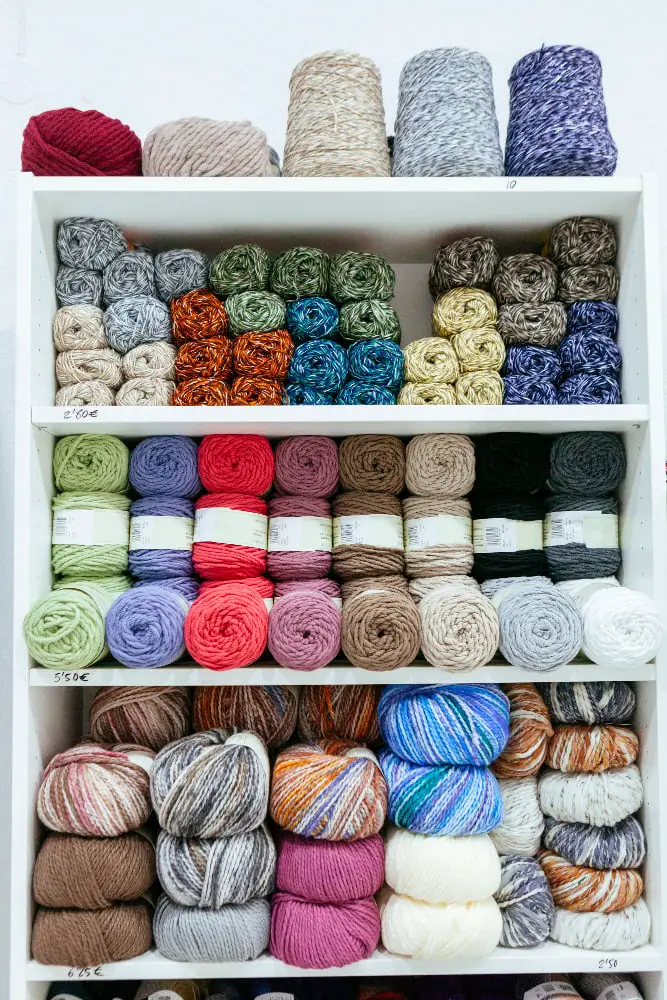
Making use of correct storage and organization techniques will significantly reduce the risk of yarn tangling.
1. Keep each yarn ball in individual small bags. This maintains separation while still allowing for easy access.
2. Use a yarn bowl or a make-shift solution like a clean empty tissue box to hold your yarn while you work. The purpose is to let the ball roll easily without roaming about.
3. Employ a yarn organizer or sorter for multiple color projects. These have separate compartments for each color, keeping lines distinct while permitting the pull of yarn smoothly.
4. Implement the butterfly technique to keep small amounts of leftover yarn orderly. It involves wrapping yarn in a way that resembles a butterfly’s wings and keeps it from knotting.
5. Finally, tidy up. As you finish your daily crafting session, devote time to rewind loose yarn and secure your project to avoid accidental unraveling or tangling.
Specific Techniques for Untangling Yarn
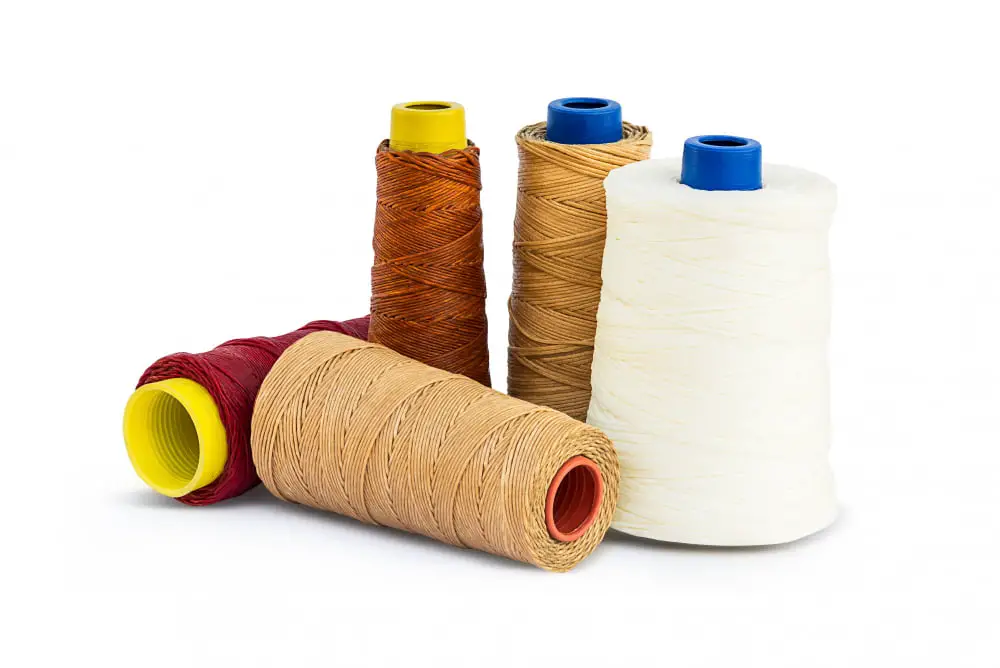
First up, neatly rewind your balls of yarn. This may seem tedious but ensures that each color runs smoothly without snags. Once rewound, feed each yarn color from its own container to promote independent movement. You can use items commonly found in homes, like jars or multi-sectioned boxes.
Secondly, work with a technique called “bobbin.” Dedicated yarn bobbins can help manage multiple colors by securing each section of yarn. Wind each yarn color around its own bobbin, and let it hang when you aren’t using it. This will help avoid the yarns twisting around each other.
Lastly, consider the butterfly technique, which is wrapping yarn in specific patterns that form the outline of a butterfly. This technique is particularly handy if you’re dealing with small amounts of different colors, and it also prevents tangling.
Remember, the best approach varies depending on the size of your project and the number of colors involved. Try out these techniques and see which ones work best for your situation. Always keep patience and perseverance in your toolkit alongside these suggestions!
Additional Tips for Working With Multi-Color Yarn
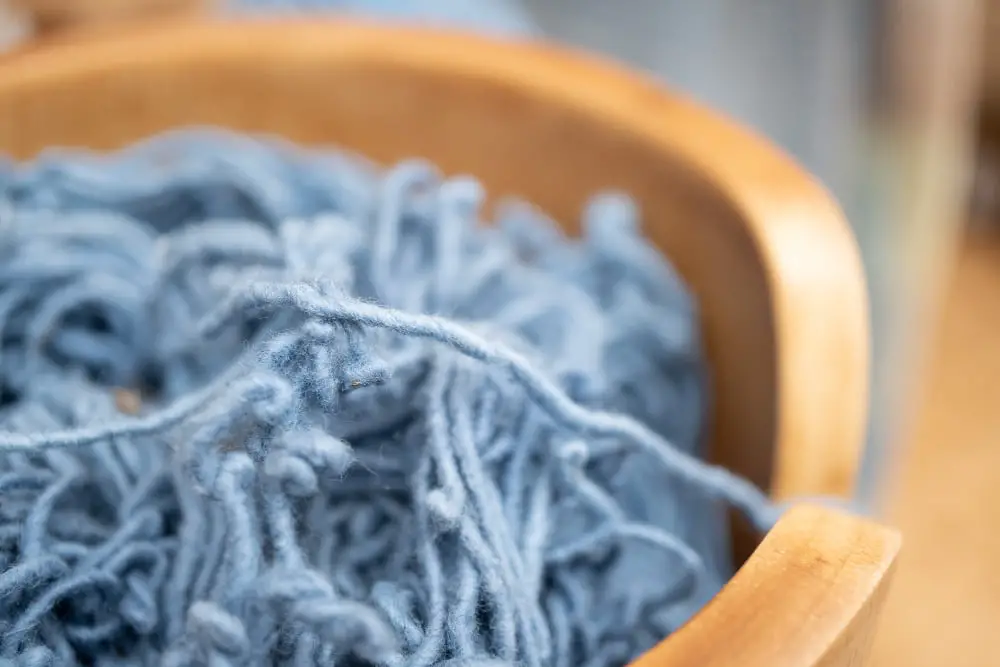
1. Use a Yarn Bobbin: These are handy tools that keep your yarn organized. You can easily wrap each color around a separate bobbin, reducing the chance for tangles.
2. Invest in a Yarn Bowl: Yarn bowls keep your yarn balls from rolling, which can lead to knots and tangles. Using one for each color can help streamline your process.
3. Try Color Blocking: If your project allows, try to group and work on similar colors together. This method helps minimize yarn crossing over and tangling.
4. Crochet or Knit Loosely: Tight stitches can often pull the yarn and create tangling. A looser style can help keep your colors separated and flowing smoothly.
5. Constant Yarn Check: Regularly checking your yarn can prevent small tangles from becoming big knots. If you notice a tangle beginning, you have the opportunity to sort it out before it becomes more complicated.
6. Stay Patient and Calm: It’s important to remain calm and patient when working with multiple colors. Rushing may lead to unnecessary mistakes and knots. Remember, practice makes perfect in any craft, including multi-color yarn projects.
FAQ
How can one employ the technique of “bobbins” to manage multiple strands of yarn efficiently in multi-colored knitting?
Bobbins” can be employed in multi-colored knitting to manage multiple yarn strands efficiently by winding each color onto a separate bobbin and dropping or picking up different bobbins as needed, reducing tangling and maintaining color organization.
What are the best equipment and tools to prevent yarn tangling when working with a myriad of colors?
To prevent yarn tangling while working with multiple colors, use tools like yarn bowls, yarn separators, or stitch markers along with multi-needle holders to keep the individual strands neatly separated and easily accessible.
What are some strategies for managing the direction of twist when working with multiple yarn colors to avoid tangling?
To manage the direction of twist and avoid tangling when working with multiple yarn colors, rotate your crochet hook or knitting needles in the same direction between color changes and keep each yarn ball in a separate bag or container to allow for smooth unravelling.
